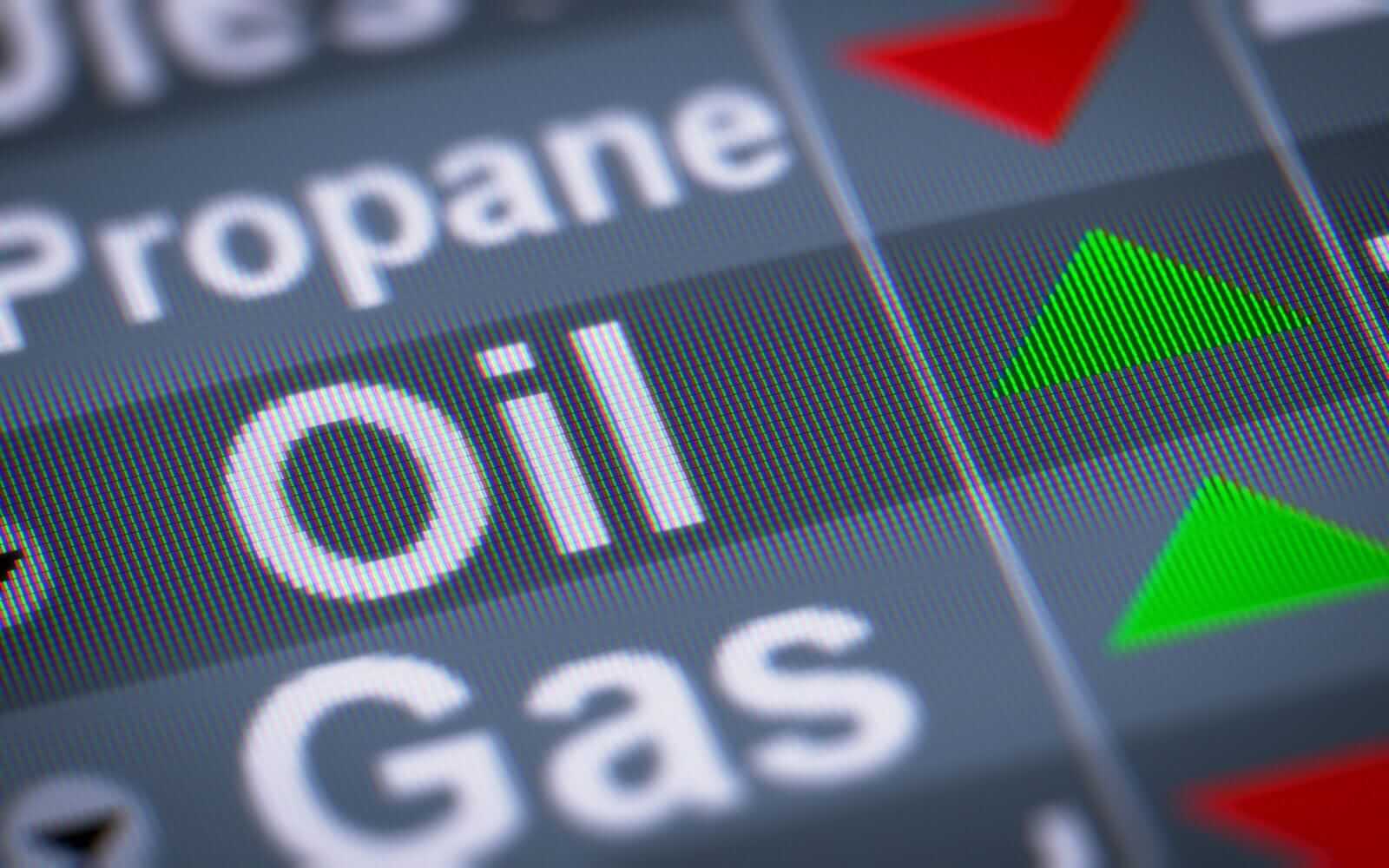Are Gasoline Prices Headed Higher This Summer?

I asked if prices will move higher in spring and summer in a March 14, 2025, Barchart article on the gasoline futures market, concluding:
While gasoline is heading into the peak demand season, geopolitical events and worldwide economics will determine the path of least resistance of the oil product that continues to power U.S. and worldwide vehicles. Oil and gasoline prices soared after Russia invaded Ukraine in 2022. Time will tell if the traditional energy commodities decline if the war ends over the coming weeks and months, despite seasonal factors.
July NYMEX gasoline futures were at the $2.1141 per gallon wholesale level on March 14 and are lower in early June as the 2025 driving season gets underway.
A bullish trend since the April 9 low falters
After reaching a $1.8566 per gallon wholesale low on April 9, 2025, as the tariff issue gripped markets across all asset classes, gasoline prices recovered as the peak driving season during late spring and summer approached.

The daily chart highlights July NYMEX gasoline’s 15.7% rally from the April 9 low to the May 21 high. Gasoline futures ran out of upside steam and were heading toward the $2 per gallon wholesale level in late May before recovering in early June.
Lots of uncertainty in markets could lead to summer volatility
Tariff issues, geopolitical tensions, and other factors have caused significant uncertainty in markets across all asset classes, and crude oil and gasoline are no exception. On the bearish side for the oil and oil product:
- The Trump administration’s energy policy, including increased drilling and fracking, as well as fewer regulations, is bearish for the energy commodity.
- U.S. economic cooperation with Saudi Arabia, the leader of OPEC, has led to increased output from the international oil cartel over the past few months.
- The ongoing weakness in China’s economy continues to weigh on global crude oil and oil product demand.
- The long-term trend in crude oil since the 2022 high remains bearish.
On the bullish side of the oil market:
- Tensions with Iran and geopolitical uncertainty increase the potential for hostilities that could cause rallies in petroleum futures markets.
- The Chinese economic stimulus could boost growth, leading to increased energy demand over the coming months.
- Crude oil and gasoline prices moved into short-term bullish trends since the April 9 lows.
- Seasonality during the 2025 peak driving season favors higher gasoline demand.
Bullish and bearish factors pull gasoline prices in opposite directions in June 2025.
The UGA ETF is steady compared to the mid-March price
The U.S. Gasoline ETF (UGA) is a liquid product that tracks the movement of gasoline prices. At around $59.59 per share, UGA had over $69.74 million in assets under management. UGA trades an average of 14,055 shares daily and charges a management fee of 0.96%.
On March 14, nearby gasoline futures were at the $2.1377 level, with the July futures at $2.1141 per gallon.
The UGA ETF settled at $60.20 per share on March 14, 2025.

As the chart shows, UGA has traded in a $52.80 to $65.46 per share range since March 14. At the $59.50 per share level, the ETF was slightly 1 below the March 14 price in early June.
Gasoline and crude oil- The egg and the chicken
Crude oil prices remained in a bearish long-term trend as of late May 2025.

The five-year monthly continuous NYMEX WTI crude oil futures chart illustrates the pattern of lower highs and lower lows since the 2022 peak.

The monthly continuous NYMEX RBOB gasoline futures chart highlights a similar trend; however, the seasonality at the start of the 2025 peak driving season has caused gasoline futures to trade in a sideways range over the past few months.
Gasoline prices generally follow those of crude oil, which is the primary ingredient in the gasoline refining process. However, the gasoline crack spread, which reflects the processing margin for refining a barrel of crude oil into a barrel of gasoline, tends to increase during spring and summer as gasoline demand reaches its annual peak. Crude oil is the chicken, while gasoline is the egg.
Levels to watch in the gasoline futures over the coming weeks
From a long-term perspective, technical support for RBOB gasoline futures is currently at the April 2025 low of $1.8720 per gallon. Monthly technical resistance is at the February 2025 high of $2.3781 per gallon.

The three-month chart highlights support at $1.9367, the May 5 low, and $1.8566, the April 9 bottom in the July futures contract. Resistance is at the May 21 high of $2.1480 and the April 2 high of $2.3032.
The UGA ETF will track NYMEX gasoline futures, which should correlate with crude oil futures. With bullish and bearish factors pulling oil and gasoline in opposite directions, the odds favor a continuation of range trading during the 2025 peak driving season, barring any unforeseen events on the global economic or geopolitical landscapes.
On the date of publication, Andrew Hecht did not have (either directly or indirectly) positions in any of the securities mentioned in this article. All information and data in this article is solely for informational purposes. For more information please view the Barchart Disclosure Policy here.